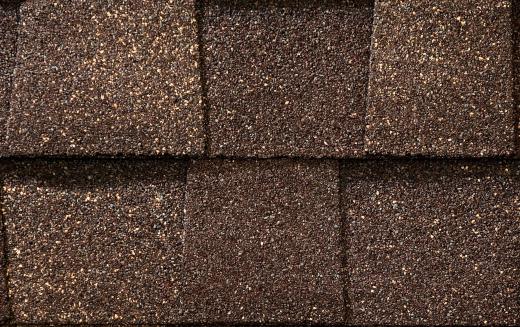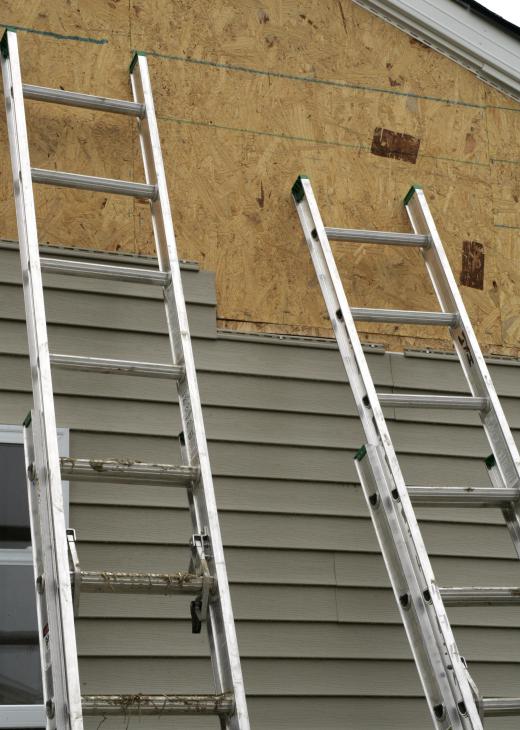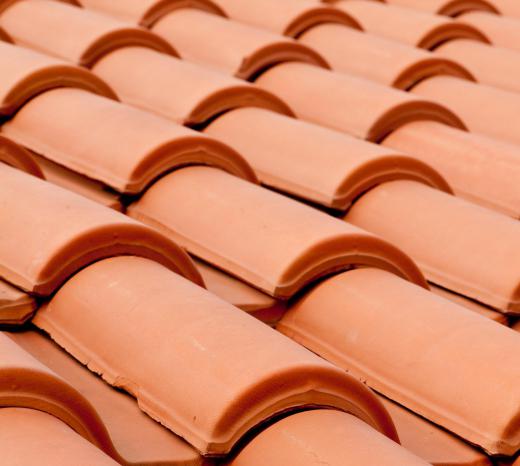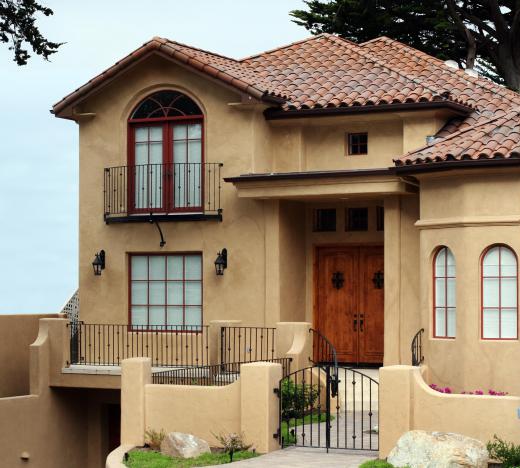Exterior cladding is the outermost layer of covering on buildings. The term encompasses all exterior surfaces, including walls, windows and doors, soffits, and trim. The most common usage of the term, however, usually refers to the wall covering. Many different types of exterior cladding are available including siding, shingles, masonry, concrete, and stucco.
By far the most common cladding type is siding. Many types of siding are available and in common use including vinyl, wood, and aluminum. Vinyl and aluminum siding comes in an almost infinite variety of colors. A wide range of textures, most of which are designed to imitate wood, are also available for vinyl and aluminum sidings. While wood siding is still common in the 21st century, vinyl and aluminum have overtaken wood in popularity due to their durability and lower cost.

Wood is used as exterior cladding in other forms besides traditional siding. Shingles or shakes made of wood can be cut in a wide variety of shapes and patterns. Cedar is a popular wood for this type of application because it resists rot and insect pests well. In its most basic form, wood as cladding can be found in log cabins; in some cases the logs form the structure of the wall as well as the exterior. Sometimes, thin slices of rough log are used as siding to create the illusion of whole-log construction.

Masonry is another type of building exterior commonly used in residential and commercial construction; bricks and concrete blocks are the most common materials of this type. Bricks vary widely in shape, color, finish, and size. Concrete blocks offer less potential variety than bricks but many types are still available. The common concrete block is a standard material used in many industrial applications.

Poured concrete is sometimes used as exterior cladding. Poured concrete is strong and often used in the construction of large buildings and secure structures like jails or military installations. This material can be poured in place or pre-formed into panels or blocks and then installed as dictated by the building plans.
Stucco is a very popular type of cladding made from portland cement mixed with aggregate particles and spread over masonry or a frame of wood or metal lath. This material is durable, attractive, weather and pest resistant, and is easily customized by altering aggregate particle size, using textured trowels for spreading, or adding pigments. Stucco is very hard but relatively lightweight, as it is usually applied in coats less than 1 inch (2.54 cm) thick.

Other exterior cladding types include slate, ceramic or terra cotta tiles, asphalt shingles, adobe, or even unconventional building materials such as glass bottles. Recent emphasis on green construction has also led to the development of cladding panels made from materials like recycled plastic or tires.
